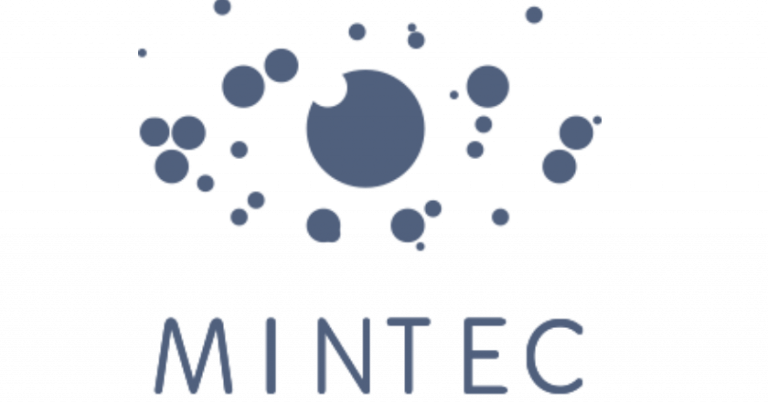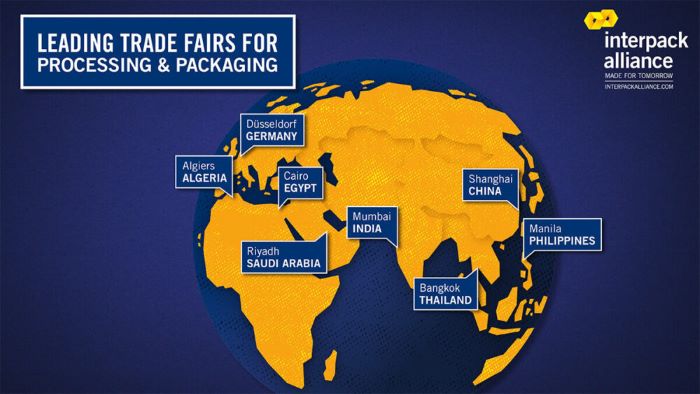 Author: Sandro Schulz, Dairy & Pork Analyst, Mintec
Author: Sandro Schulz, Dairy & Pork Analyst, Mintec
Like 2022, price volatility continues to be one of the key stories in the dairy market. In 2022, input costs and milk supply were the focal points in the market. In the past two to four weeks, however, this has changed. While prices for spot milk and dairy commodities started to decline significantly in Q4 2022, farmgate milk prices have remained stable during this time. According to multiple market sources, farmgate prices across many important producing regions, such as Germany, Netherlands, and Poland, are still between 59–61 euro cents per kg. Prices for spot milk, on the other hand, have declined noticeably over the past three months. For reference, the Mintec Benchmark Price (MBP) for Spot Milk EXW Germany [Mintec Code: ED24] was assessed at EUR 0.39/kg on 12th January, a decrease of EUR 0.20/kg (34%) during the last 12 weeks (From October 13th 2022 to 12th January 2023). A similar picture is also seen for dairy commodities, with the price for the European Unsalted Butter [Mintec Code: J116] declining by 31% (EUR 2,100/mt) to EUR 4,650/mt and Skimmed Milk Powder Europe [Mintec Code: J117] declining by 24% over the same period to EUR 2,650/mt.
 The sharp decrease in commodity and spot milk prices, combined with elevated farmgate milk prices, means dairy processors are now facing challenges to remain profitable. With the gap between farmgate and spot milk prices increasing, more processors are facing cost pressures. Milk intakes exceeding expectations for Q4, and seasonal trends, also indicate a further upward trend in milk production, which will add bearish pressure to milk prices. As such, the desire for a reduction of farmgate prices is becoming greater from dairy processors.
The sharp decrease in commodity and spot milk prices, combined with elevated farmgate milk prices, means dairy processors are now facing challenges to remain profitable. With the gap between farmgate and spot milk prices increasing, more processors are facing cost pressures. Milk intakes exceeding expectations for Q4, and seasonal trends, also indicate a further upward trend in milk production, which will add bearish pressure to milk prices. As such, the desire for a reduction of farmgate prices is becoming greater from dairy processors.
One market source stated, “we are aware that the situation for farmers has been difficult throughout 2022. However, the rest of the supply chain has faced similar difficulties. And with current prices for spot milk and dairy commodities, current farmgate prices are simply too high. Supply and demand must be the key price driver, and the demand is extremely low.”
Market participants from across the EU are expecting farmgate prices to decline, as commodity and spot milk prices weigh heavily on the farmgate price. With processors struggling to remain profitable, it is expected that they will look at reducing all major cost drivers, which includes raw milk. However, this is still a highly sensitive topic for dairy manufacturers, and neither the supply side nor the sell side wants to be the first to start reducing prices. It is expected that farmers will react sensitively to reduced milk prices, which could lead to a reduction in milk production.
One market participant commented, “the situation is difficult. Farmgate prices are too high compared to commodities. However, we have seen during Q4 2021 and Q1 2022 what happens if we do not have enough milk supply in the EU when there was a massive price increase across dairy commodities. If the farmgate price declines, we could see a reduction of the dairy herd or simply a reduction in milk production. This will likely only marginally impact the market during the first couple of months up to the milk flush in April and May but could massively impact availability in the second half of 2023.”
With supply increasing and demand remaining low for spot milk and dairy commodities, price pressure on dairy processors remains strong. This is likely to result in a declining farmgate milk price in the coming weeks and months. However, it is expected that the price decline is going to be gradual. Mintec will follow this story and publish further insights in the near future.










